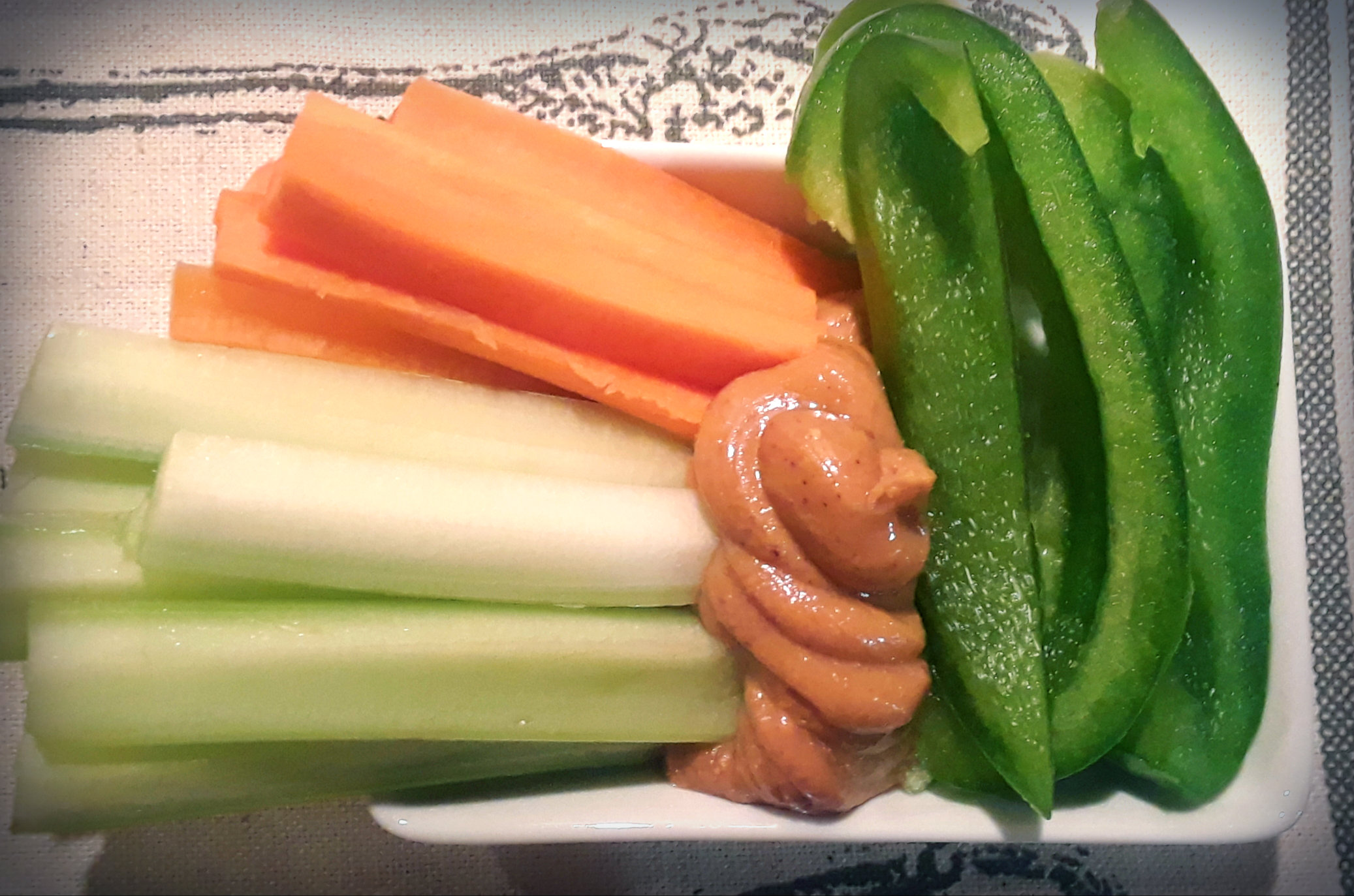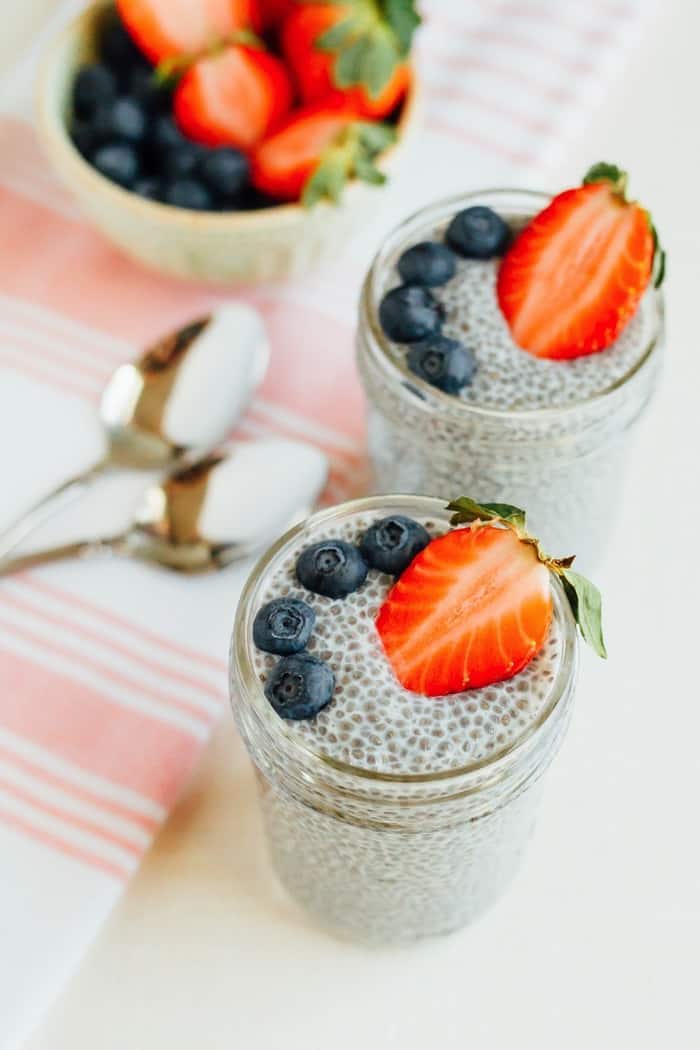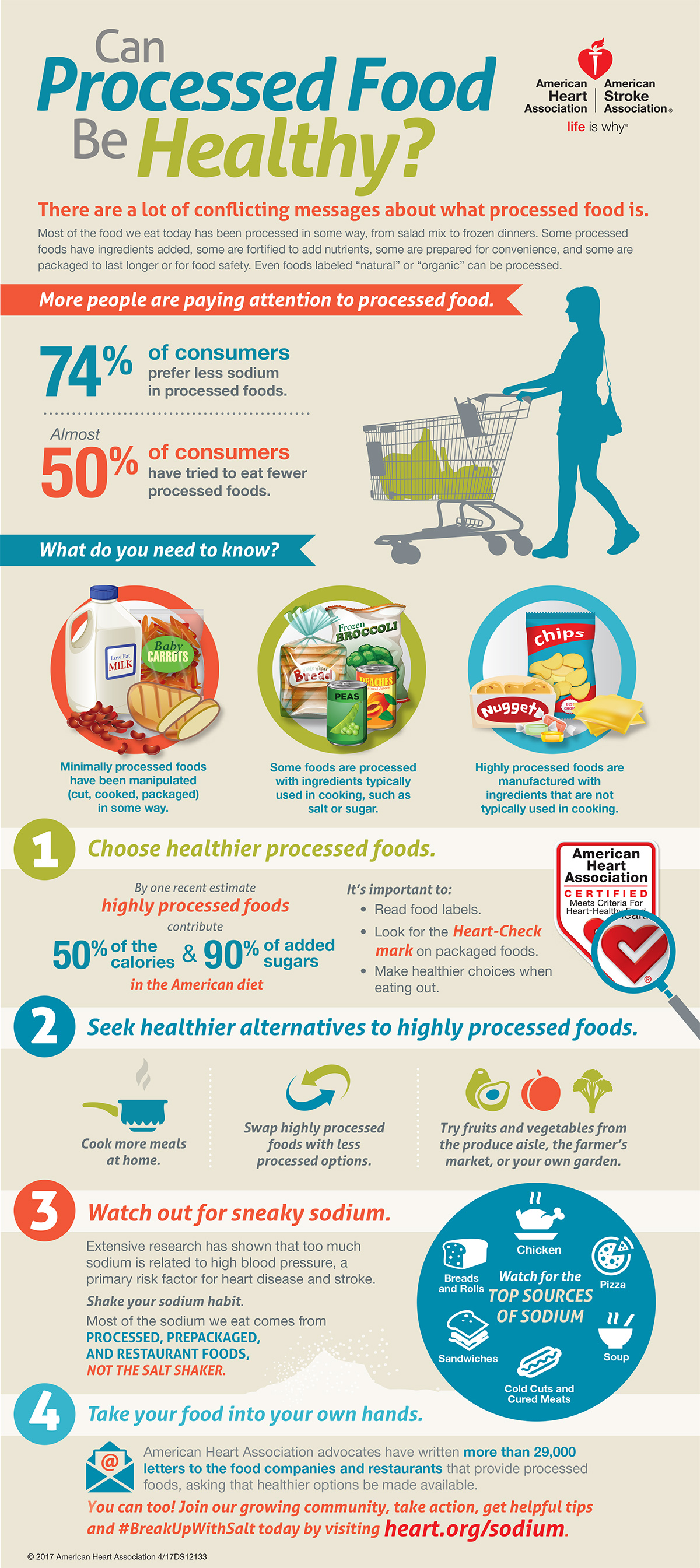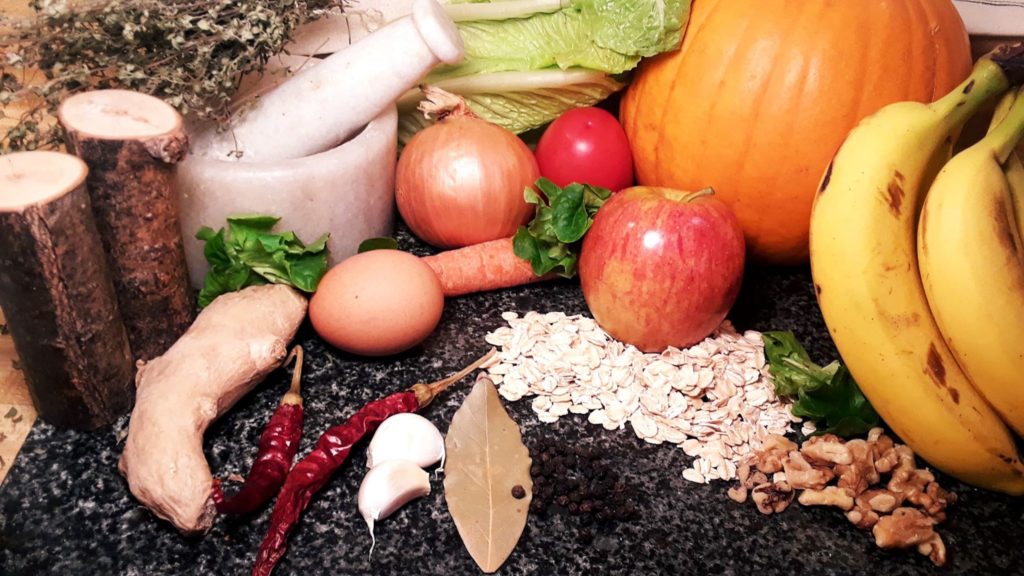Summer is almost here! Bring on the season of barbecues and tons of ice cream, but let’s not forget to eat healthy as well. Here are four ways to stay healthy during the summer:
- Take advantage of fresh produce!
Produce is at its peak during the summer months, which allows for a wide array of diverse veggies and fruits to choose from. Veggies like tomatoes, avocados, leafy greens such as Swiss chard or beet greens, and bell peppers are super fresh and taste absolutely amazing as a side for dinner or incorporated into your barbecue. More fruits such as cantaloupe, watermelon, strawberries, blueberries, and blackberries will taste delicious as your dessert instead of ice cream.
2. Choose lean meats!
For many families in America, summertime fun means grilling hot dogs, sausages, and hamburgers of various types. Many of these processed meats are full of nitrates, nitrites, and other preservatives and may be high in fat. Go lean! Try ground turkey and chicken instead, or better yet, fish and shellfish like salmon, ocean perch, clams, and mussels. If you can’t forgo the burger, then try adding some healthy toppings like guacamole, low-fat feta cheese, or dark leafy greens.
3. Be smart about your cold treats!
Ice cream is not only high in saturated fats but it’s also jam-packed with sugar. Think about the different kinds of ice creams that add chocolate syrup and pieces of whole candies in the mix to the already sugary ice cream. FYI adding fruit doesn’t really help your cause either! When it comes down to it, fruit is made of glucose and fructose, so adding it to a bowl that probably already has at least 50+ grams of sugar will only make the situation worse. Remember to control your portion sizes when it comes to this, and I would also encourage you to try fat-free and sugar-free options as well. Frozen yogurt and sorbets are good alternatives as well.
4. Keep on the H2O!
Hot weather and outdoor activities means lots of sweating, and without adequate water intake it’s easy to get dehydrated really fast. However, this isn’t the only reason we have to drink more water. Water has the natural ability to make you feel more full and help to maintain a steady metabolism. For example, drinking roughly 16 oz of water can increase your metabolism by 30 percent. Buy a reusable water bottle to help you keep water available to drink. To make it more fun and delicious, add some of your favorite fruit or a fresh sprig of mint.
Remember to get out this summer and participate in some outdoor activities, hang with your friends and family, chow down on a hot dog once in a while, roast some marshmallows over the fire, and take it easy. Incorporate some of these tips into your diet and I can assure that it will make you look and feel much healthier!
Since this is my last blog post as an intern for Kathryn Szklany, RD, I would like to say that this has been a wonderful experience for me to share some of my knowledge and interests about nutrition with the SUNY Oswego community. Thank you, good luck on your finals, and have a wonderful summer!







